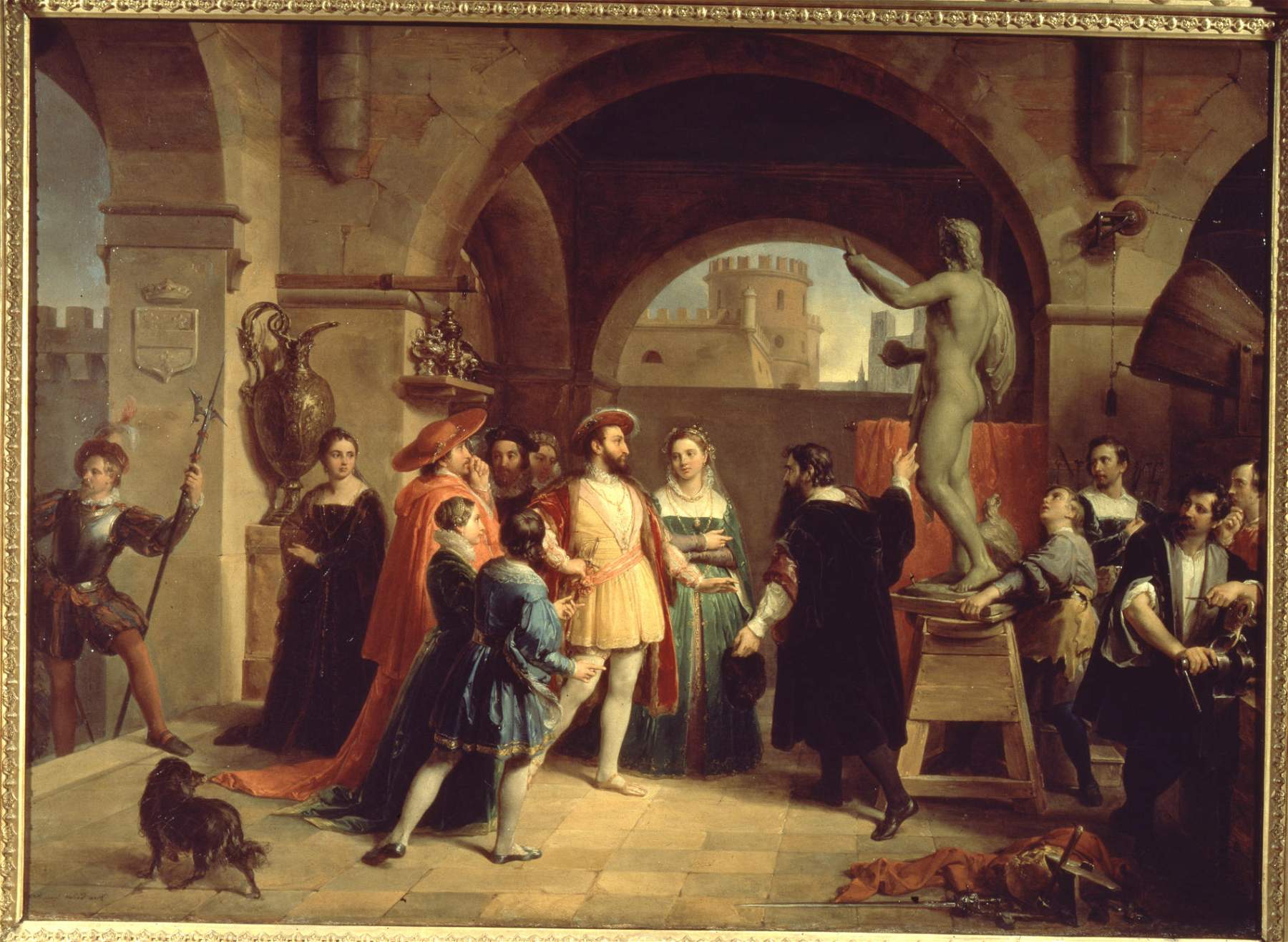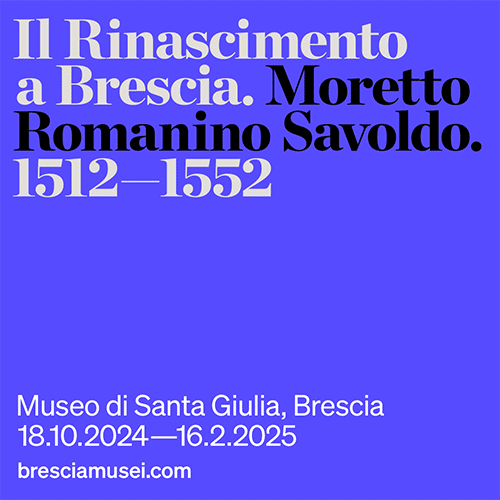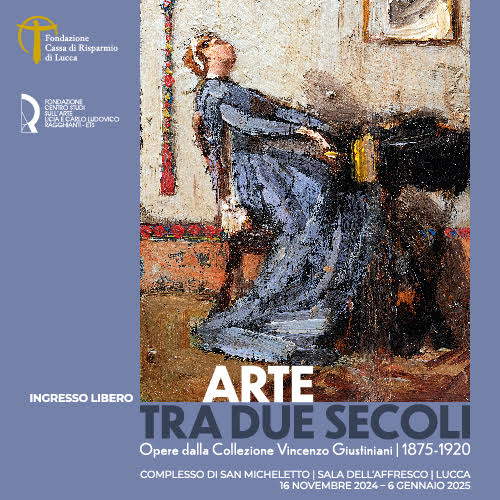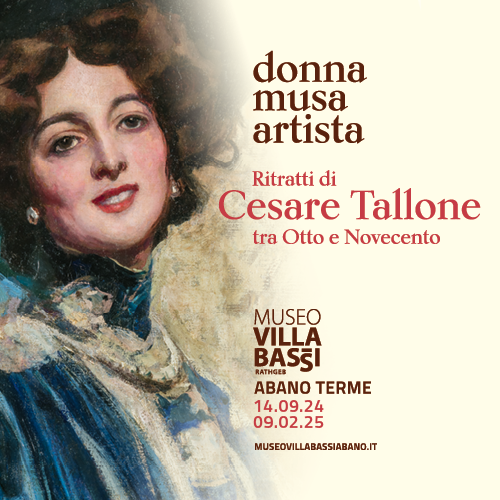Rome, at Castel Sant'Angelo exhibition on justice in Rome along four centuries
Important documents of famous trials, the memoirs of some of the protagonists, objects representing them, original publications of texts, poems, paintings, sculptures, drawings and engravings reproducing the characters and events recounted: this and more will be present in the exhibition The Scales and the Sword. Stories of Justice at Castel Sant’Angelo, curated by Mariastella Margozzi with Vincenzo Lemmo, Michele Occhioni, and Laura Salerno, which aims to tell the story of justice in Rome between the 15th and 19th centuries and tell the story of one of its symbolic places where it was practiced: the fortress of Castel Sant’Angelo. And it is precisely Castel Sant’Angelo that hosts the exhibition, from June 20 to October 1, 2023.
Justice in Rome between the 15th and 19th centuries is often described by sources from different eras as severe and harsh in punishment. This is certainly a stereotypical view corresponding to a complex legislative system, of which the direct sources are often essentially the popular ones. The iron hand of the papal courts terrorized the inhabitants of Rome for centuries while simultaneously contributing to the rise of the fame of characters who would become legendary, such as the young Roman noblewoman Beatrice Cenci, the philosopher Giordano Bruno, the esotericist Borri, and the enigmatic Count of Cagliostro, to name but the most famous. Conspirators, outsiders, murderers, and finally Carbonari and even Garibaldians ended up in the city’s most atrocious and cramped prisons, guilty of wreaking havoc in public life by their conduct or even just their thoughts.
Through the narratives of their lives, however, it is possible to reconstruct not only the atmospheres of bygone eras, but also the incredible history of the spaces and settings in which the corporal punishments, often farcical trials, and gruesome killings that took place in Rome between the 15th and 19th centuries. Indeed, the setting for such narratives is one of the symbolic places of Rome and the justice that was practiced there: the fortress of Castel Sant’Angelo. A grand construction erected by Emperor Hadrian as a tomb for himself and his successors, it was begun around 123 AD and finished by Antoninus Pius a year after Hadrian’s death (139 AD). It housed the burials of members of the imperial family up to Emperor Caracalla (217 AD). Hadrian’s building, with the end of the Roman empire in 476 A.D., finally abandoned its function as a mausoleum and assumed that of a fortress. The Ostrogoth Theodoric (493-526 AD) was the first to make it a prison. When Byzantine rule ceased and the temporal power of the Pontiff was established in Rome, Castel Sant’Angelo, after passing among the various lineages of the Roman aristocracy, became a place of imprisonment and torture for the vanquished of every age. Quite numerous were those who found death there among well-known and unknown figures. In 1365 it was ceded by the Orsini to the papacy. Nicholas III began its transformation into a secure papal residence and connected it through the Passetto di Borgo to St. Peter’s. At its battlements Otto III of Saxony had Crescentius hanged at the end of the 10th century, while Emperor Henry IV besieged Pope Gregory VII there in 1083.
Bravely, in 1155 the Roman citizens resisted Barbarossa, at that time master of Rome, from here, and in 1347 the tribune Cola di Rienzo found refuge here; in 1440 Cardinal Vitelleschi, governor of the Papal States, died a prisoner here; in 1453 Stefano Porcari, a dreamer of the restoration of the ancient republic, was hanged there, and several years later the humanists Bartolomeo Sacchi (known as Platina) and Pomponio Leto were imprisoned there, accused of conspiracy and heresy. In 1503 Cardinal Giovanni Battista Orsini died there in captivity, and in the early years of the 16th century a number of opponents of the Borgias met their deaths there. In 1527 Pope Clement VII, quick to walk the Passetto di Borgo, locked himself there to escape Charles V’s troops during the Sack of Rome. On this occasion Benvenuto Cellini, a famous goldsmith and sculptor, also found refuge in the Castle along with part of the city’s population and recounted it in his memoirs. After the fall of Florence in 1531, the Dominican preacher Benedetto da Foiano found death in the prisons of Castel Sant’Angelo. The same fate befell Cardinal Carlo Carafa in 1561, and surely Vittoria Accoramboni and her lover Paolo Giordano Orsini also knew the cells of this castle around 1581. In 1538 Benvenuto Cellini, accused of stealing from the pope’s treasury, had also returned there, this time as a prisoner. He was locked up in a cell reserved for persons of regard from where he managed to escape by lowering himself from the high wall by making a rope out of sheets; he was caught again and this time he feared being thrown into one of the prison’s most frightening cells, the most infamous, known as Sammalo or San Marocco.
The condemned man was lowered there from above, and the cell was so narrow that the prisoner could neither stand nor lie down. With Cellini, however, fate was benign because he was not locked up there and was later pardoned and freed. At the end of the 16th century, Giordano Bruno and Beatrice Cenci would be imprisoned and also tried in Castel Sant’Angelo. The latter, protagonist of one of the darkest tragedies of the time and blamed, along with other members of the family, for the murder of her father Francesco, was beheaded in Piazza Ponte, the site of most of the executions of those times, although numerous were those carried out in the same cells and inside the Castle. Imprisonment also befell Giuseppe Francesco Borri, an alchemist physician and esotericist, the alleged author of the Latin mottos and symbols engraved along the jambs of the so-called Porta Magica (of which a digital restitution will be presented at the end of the Castle’s “diametrical ramp”), who died there in 1695. At the end of the 18th century, Giuseppe Balsamo, the infamous "Count of Cagliostro," was also held prisoner in Castello after a condemnation by the Holy Office, before being sentenced and sent to end his days in the Romagna fortress of San Leo.
Castello’s prisons and its being the main site of trials and imprisonments in Rome suggested the setting for Giacomo Puccini’s opera Tosca, which has Rome in the 1800s as its backdrop; the melodrama’s protagonist, the painter Mario Cavaradossi ends up imprisoned there on charges of treason. When he is shot, Tosca, his lover, kills herself by throwing herself from the battlements of the castle.
Beginning in the 17th century, Castel Sant’Angelo gradually lost its role as a papal residence to become almost exclusively a political prison. Opponents of temporal rule, Carbonari and patriots ended their days in its prisons at least until September 1871, when Rome was proclaimed capital of the Kingdom of Italy. Its prisons, carved out of every possible space, were always crowded, just as many trials were held in the Hall of Justice. Numerous prisoners left graffiti inscriptions on the walls of their cells, now raw and desperate testimonies of life and pain. Executions were carried out in the Piazza delle Fucilazioni, in front of the Chapel of the Condemned. The hangings and beheadings, on the other hand, took place beyond Ponte Sant’Angelo, in Piazza di Ponte or other places in the city. The suggestion of these spaces is retraced in the exhibition by the sixteen panels of Giovanni Battista Piranesi’s Carceri d’Invenzione.
The idea for this Exhibition stems from the desire to narrate the history of Castello through the passage inside it, as prisoners, of so many people over time, who lived and suffered in these places for committing crimes of all sorts, but also just for exercising the then unrecognized right to freedom of thought. The Exhibition will therefore present a series of narratives of the lives of people who have come up against the frightening reality of the courts and penalties in Rome. It will cover the tragic story of Beatrice Cenci and her family, who were accused of patricide and executed at the end of the 1500s in front of Castello; it will trace the life of Giordano Bruno and the history of the monument dedicated to him in the late 1800s; it will analyze the artistic and adventurous figure of Benvenuto Cellini; it will talk about weapons and duels in theera of Caravaggio; the stories of the alchemist Giuseppe Francesco Borri and the enigmatic Count of Cagliostro, necromancer, doctor, and charlatan will be told;the events related to revolutionary Rome in the 1800s, the Carbonari who lost their lives for a dream of freedom and the Garibaldians who, taken prisoner in 1867, were pardoned by Pope Pius IX will be retraced. Voice will also be given to the executioner par excellence of papal Rome, Mastro Titta, who from 1796 to 1864 was the “Master of Justices” of the Papal States. The exceptional narrator of Mastro Titta’s “exploits” was the famous Roman poet Giuseppe Gioachino Belli, who between 1829 and 1849 composed more than two thousand Sonnets, appreciated above all for the portrait given there of the Rome of the time, its inhabitants, corruption, government abuses, the idleness and lust of the powerful, but also the torpor, ignorance and insipience of the populace. It could not fail to include a chapter devoted to the only fictional story dealing with the prisons and shootings at Castel Sant’Angelo, that of Puccini’s Tosca, set in Castello in 1800; a melodramatic finale that ideally closes all previous stories. First performed in Rome in 1900, it also marks in this sense the actual divestment of the Castello prisons.
Accompanying the exhibition is a catalog, published by De Luca Editori d’Arte, which, in addition to the works on display, features essays by scholars Mario Scalini (Weapons in Civil Life from the Renaissance to Neoclassicism: Game, Crime and Punishment), Alessandro Delfino (The Monument to Giordano Bruno in Campo de’ Fiori; Ettore Ferrari’s Participation in the 1867 Insurrection of Rome and the Tavolozze di San Nicola in Arcione), Marco Pizzo (Criminal Rome in the Nineteenth Century: From the Knife to the Tricolor), Emanuele Coglitore (Roman Justice in the Sonnets of Giuseppe Gioachino Belli), Mario Nissolino (The Prisons of Castel Sant’Angelo; The Fragility of Memory), Alessandra Spanedda (“Prisoners and jailers” at Castel Sant’Angelo between the 15th and 17th centuries; “Prisoners and jailers” at Castel Sant’Angelo between the 18th and 19th centuries), Carolina Vigliarolo (“”Prisoners and Jailers“ at Castel Sant’Angelo between the 15th and 17th centuries; ”Prisoners and Jailers" at Castel Sant’Angelo between the 18th and 19th centuries), as well as those of Mariastella Margozzi (Beatrice Cenci, a story that became legend; Cagliostro, a life between adventure and Freemasonry; Puccini’s Tosca and Castel Sant’Angelo), Vincenzo Lemmo (The Walls Speak. Testimonies of Stories and Men; Criminals, Crimes and “Justices”. Capital Executions in Papal Rome; Mastro Titta, the Executioner of Rome), Michele Occhioni (Benvenuto Cellini in Castel Sant’Angelo, from Glory to Imprisonment), Laura Salerno (Giuseppe Francesco Borri. The Adventurous Story of the Alchemist Doctor and the Magic Door; Piranesi’s Prisons Between Sense of Justice and Journey into the Abyss).
 |
| Rome, at Castel Sant'Angelo exhibition on justice in Rome along four centuries |
Warning: the translation into English of the original Italian article was created using automatic tools. We undertake to review all articles, but we do not guarantee the total absence of inaccuracies in the translation due to the program. You can find the original by clicking on the ITA button. If you find any mistake,please contact us.































